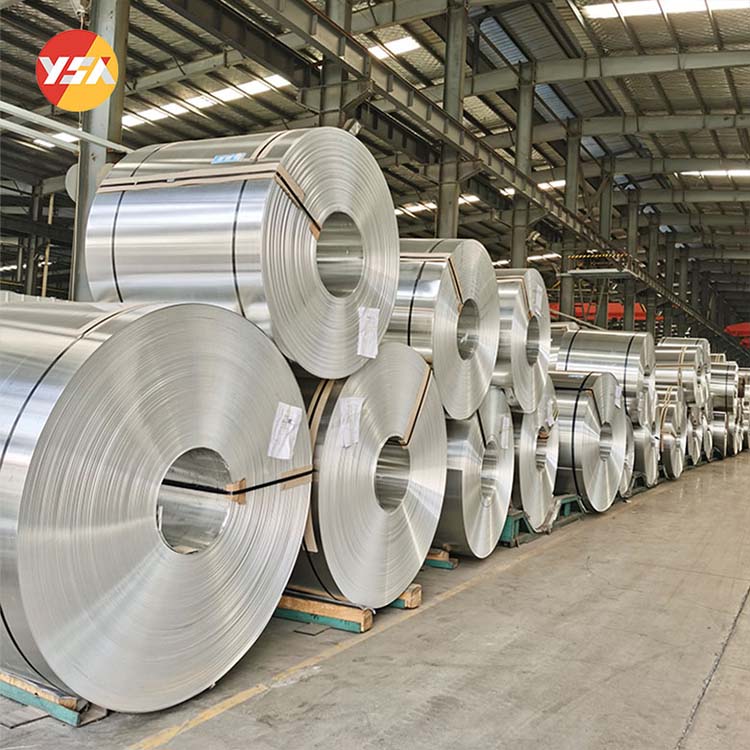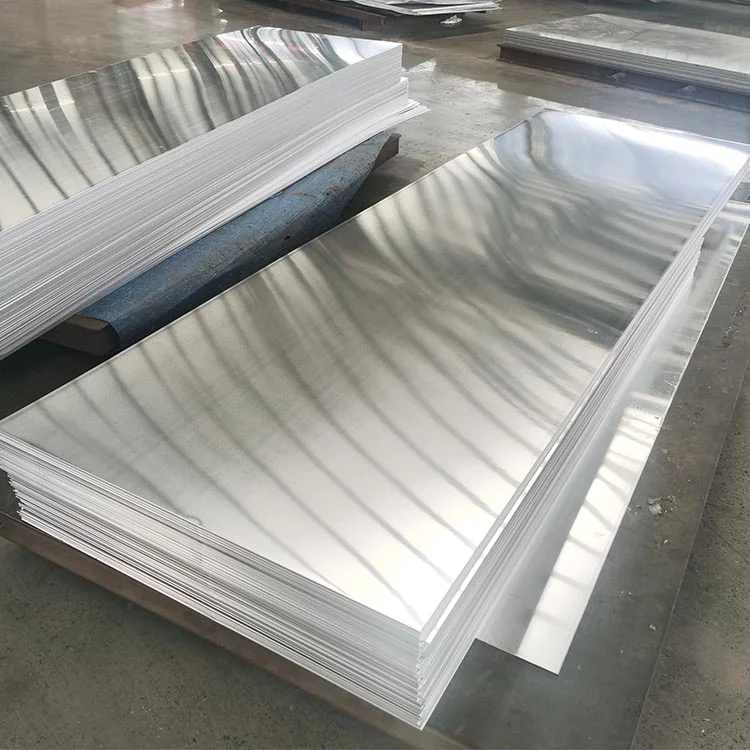[ad_1]
6061 Aluminum is one of the most widely used grades of aluminum due to its high strength, good workability, and excellent corrosion resistance. However, the price of 6061 Aluminum can fluctuate due to a variety of factors. In this article, we will explore some of the key factors that influence the price of 6061 Aluminum.
1. Supply and demand:
One of the most basic principles of economics is the law of supply and demand. When demand for 6061 Aluminum is high and supply is low, prices tend to rise. Conversely, when demand is low and supply is high, prices tend to fall. Factors that can influence demand include changes in the economy, new construction projects, and changes in consumer preferences. Supply can be impacted by factors such as government regulations, labor strikes, and disruptions in the supply chain.
2. Global economic factors:
The price of 6061 Aluminum is also influenced by global economic factors. Changes in the economy of major aluminum-producing countries such as China and the United States can have a significant impact on the price of aluminum. For example, a slowdown in the Chinese economy can lead to a decrease in demand for aluminum, causing prices to fall. On the other hand, economic growth in the US can lead to an increase in demand, causing prices to rise.
3. Political factors:
Political factors can also influence the price of 6061 Aluminum. For example, tariffs and trade restrictions imposed by governments can impact the cost of importing and exporting aluminum. Political instability in major aluminum-producing countries can also create uncertainty in the market, leading to price fluctuations. In addition, changes in government regulations related to environmental protection and labor laws can impact the cost of producing aluminum, which can in turn affect prices.
4. Exchange rates:
The price of 6061 Aluminum is influenced by exchange rates. Aluminum is typically priced in US dollars, so fluctuations in the value of the US dollar against other currencies can impact the cost of aluminum. For example, if the US dollar strengthens relative to the euro, the cost of importing aluminum from Europe may decrease, leading to lower prices. Conversely, if the US dollar weakens, the cost of importing aluminum may increase, causing prices to rise.
5. Energy costs:
Energy is a major cost factor in the production of aluminum. The process of extracting and refining aluminum requires a significant amount of energy, so fluctuations in energy prices can impact the cost of producing aluminum and, consequently, its price. Changes in the cost of electricity, natural gas, and other energy sources can influence the overall cost of aluminum production and contribute to price fluctuations.
6. Market speculation:
Finally, market speculation can also influence the price of 6061 Aluminum. Traders and investors can buy and sell aluminum futures contracts based on their expectations of future price movements. Speculation can cause prices to fluctuate in the short term, as traders react to news and events that may impact the supply and demand for aluminum. While market speculation can create volatility in aluminum prices, it is important to note that long-term trends are typically driven by underlying supply and demand fundamentals.
In conclusion, the price of 6061 Aluminum can be influenced by a variety of factors, including supply and demand, global economic factors, political factors, exchange rates, energy costs, and market speculation. By understanding these factors and their potential impact on the price of aluminum, manufacturers, suppliers, and consumers can make informed decisions about when to buy or sell aluminum and how to navigate the fluctuations in price.
[ad_2]


